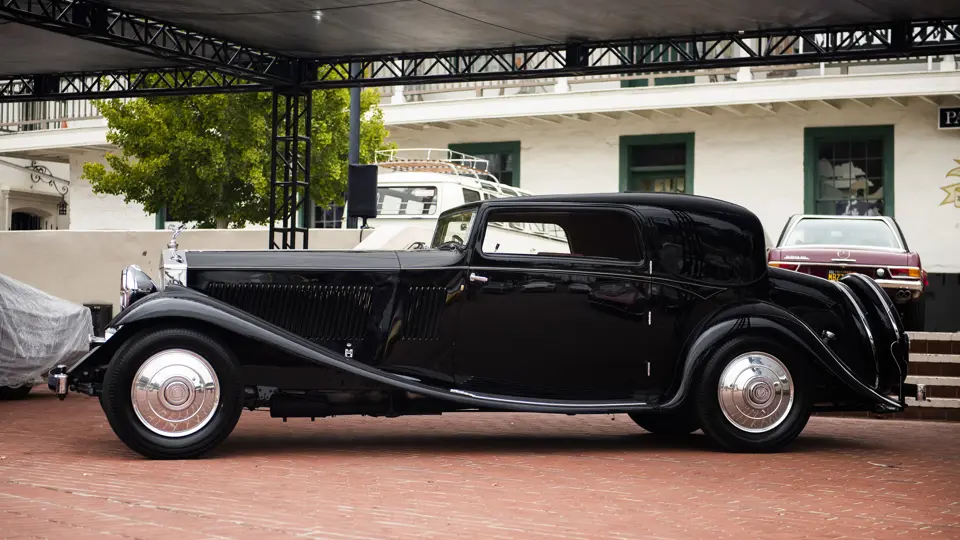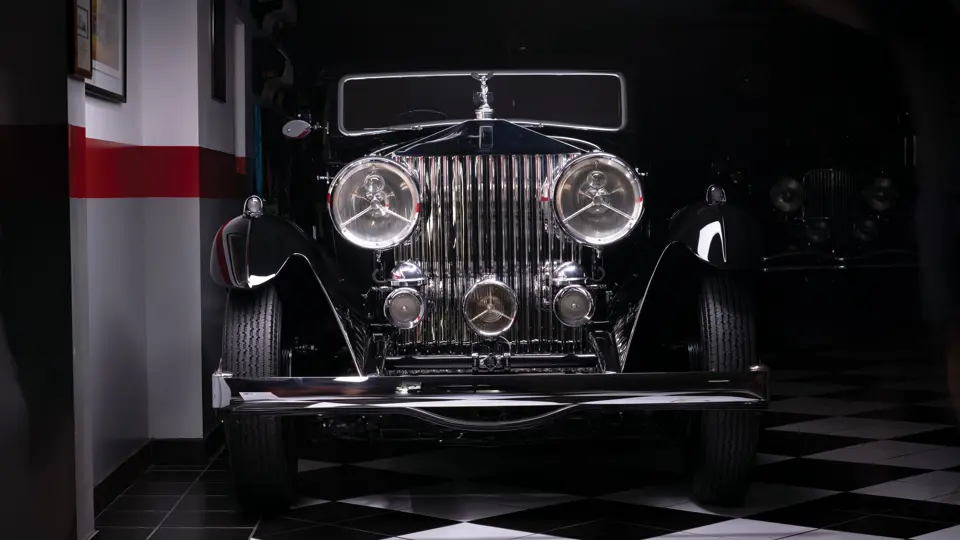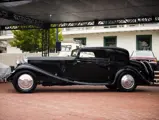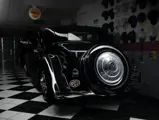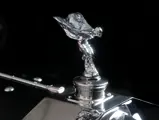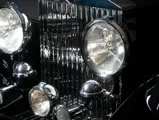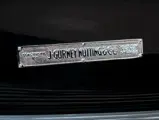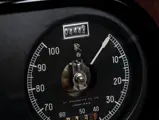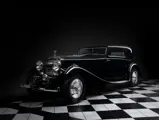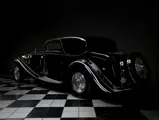
1933 Rolls-Royce Phantom II Continental Fixed Head Coupe by Gurney Nutting
{{lr.item.text}}
$1,400,000 - $1,800,000 USD | Not Sold
{{bidding.lot.reserveStatusFormatted}}
- A stunning Continental built to a bespoke, unique design; exquisitely proportioned
- Class award-winner and Lucius Beebe Trophy, 2009 Pebble Beach Concours d’Elegance
- Numerous other Best in Class and Best of Show appearances; an acclaimed restoration
- Formerly owned by “Bentley Boy” J.L. Dunfee, Lord Bamford, and Bernie Ecclestone
- Featured in both of the standard Continental reference texts
- Accompanied by factory build and delivery documentation
- FIVA Passport no. 044716, issued in 2015
- One of the most significant and show-stopping of all Phantom II Continentals
The quintessential Rolls-Royce Phantom II Continental is the so-called ‘Owen’ drophead sedanca coupe body, drawn and built by Chelsea coachbuilder J. Gurney Nutting under the name of the London dealer reportedly involved in its creation. The lines of this body were beyond compare, including an extremely long hoodline, a sweeping curved beltline molding, flowing open fenders, and a relatively short stern.
While 18 examples of the Owen drophead sedanca coupe were produced, the fixed head coupe version is considerably rarer, and the particular car offered here, chassis no. 170MY, is fully unique in its rakishly proportioned “blind quarter” roofline; a single rear-mounted spare; polished aluminum wheel covers; and a smoothly integrated, sloping trunk, giving it even more sporting pretensions. It was drawn for Sir Hugo Cunliffe-Owen, no relation to the dealer; he was president of the British American Tobacco Company and founder of the Cunliffe-Owen Aircraft Company of Eastleigh, as well as a serious Rolls-Royce customer in good standing who had owned numerous custom-built examples. Interestingly, the car was delivered not through the Owen dealership, but rather through the well-known Jack Barclay’s.
Sir Hugo typically kept one of his bespoke automobiles only as long as it amused him. In December 1935 he traded the Continental on a new model, and it was resold to Dr. William Moir-Shepherd, then to Jack Lawson Dunfee, one of the famous “Bentley Boy” racers of the late 1920s. Dunfee maintained the car until 1967, at which point it was purchased by C.J. Bell, who would own it until the mid-1980s.
The car then came to the U.S., in the ownership of Donald R. Dixon, in whose care it made its first appearance at the Pebble Beach Concours d’Elegance, winning the Montagu of Beaulieu Trophy in 1984. In 1991 it returned to England when it was acquired by renowned enthusiast and Phantom II Continental partisan, Sir Anthony Bamford (later created Lord Bamford), then passed in 1995 to Formula 1 magnate Bernie Ecclestone.
The current owners acquired the car at the sale of the Ecclestone Collection in 2007, and immediately submitted it to Steve Babinsky’s Automotive Restorations of Lebanon, New Jersey, for a complete, concours-quality restoration, including all mechanical components. Mr. Babinsky noted that there was some woodwork and aluminum requiring replacement in the roof, but the car was otherwise solid and intact, and an ideal basis for restoration. Surviving Gurney Nutting delivery photographs allowed minor alterations to the bodywork, such as the addition of landau bars and a second rear-mounted spare, to be corrected; most every detail was finished to how it had first been delivered to Sir Hugo in 1933. Even the proper original, complete tool set was completed, with a custom-fitted box.
The completed car was debuted at the 2009 Pebble Beach Concours d’Elegance, where it beautifully completed the Tour d’Elegance and was subsequently judged 2nd in Class and received the Lucius Beebe Trophy, bestowed upon the most elegant Rolls-Royce. Its other prestigious honors included Best of Show at the 2009 Hilton Head Concours d’Elegance, 2010 Greenwich Concours d’Elegance, and 2010 Bay Harbor Vintage Car & Boat Festival, and the Founder’s Trophy at The Elegance at Hershey in 2012. Following its inaugural run of show appearances and awards, the owner decided to return the second rear-mounted spare to the car, as he had come to prefer its appearance.
The Continental’s fascinating history is fully detailed, including numerous photographs depicting the well-maintained car throughout its life, in Andre Blaize’s book, The Rolls-Royce Phantom II Continental (pp. 480–483). It also appears in Raymond Gentile’s The Rolls-Royce Phantom II Continental (p. 164, 167) and Edward Eves’s Rolls-Royce: 75 Years of Motoring Excellence (p. 192). Further, the car has been the basis of two models, a 1/43rd-scale version by Jean-Paul Thévenet and a ceramic 1/16th-scale version by C. Booth, and has been widely featured in concours photography over the past several seasons.
Now ready for a bevy of continued show appearances with a new owner, this car easily stands among the most extraordinary Continentals; in provenance, beauty, quality, and outstanding presentation, it is virtually unequaled. It is a genuine thoroughbred in every sense of the word, sure to add to its roster of awards in the near future.




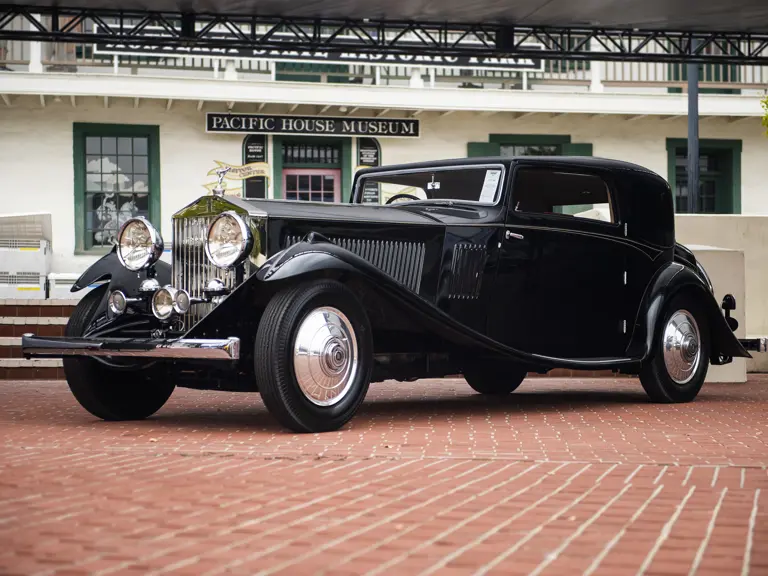
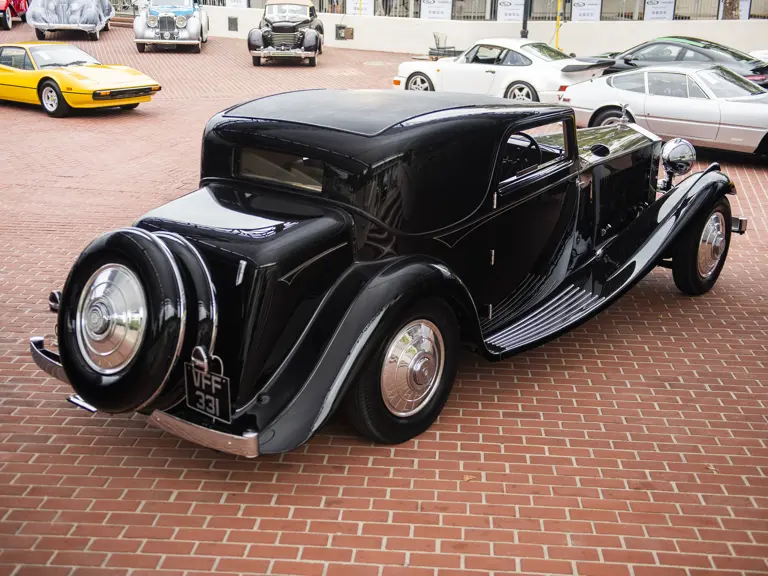

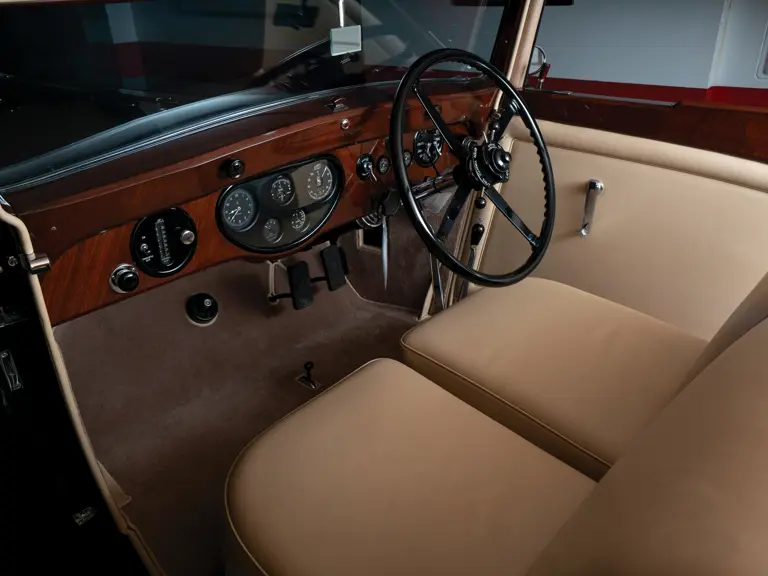

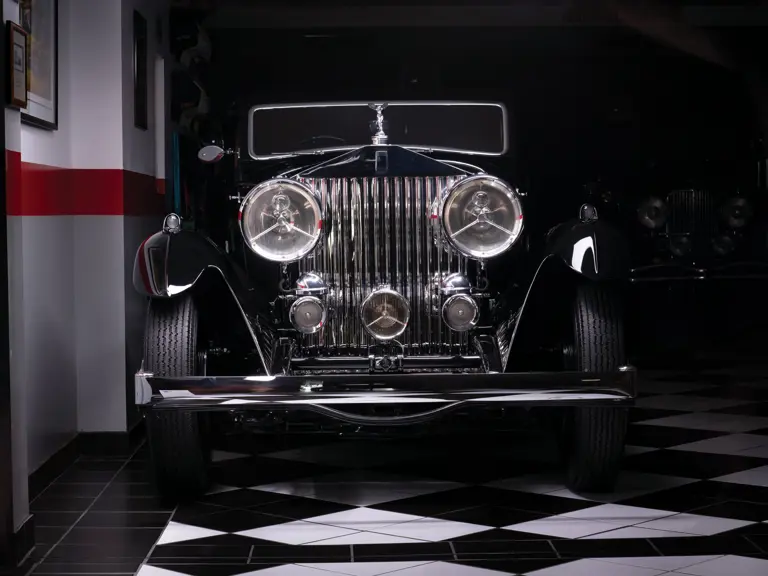
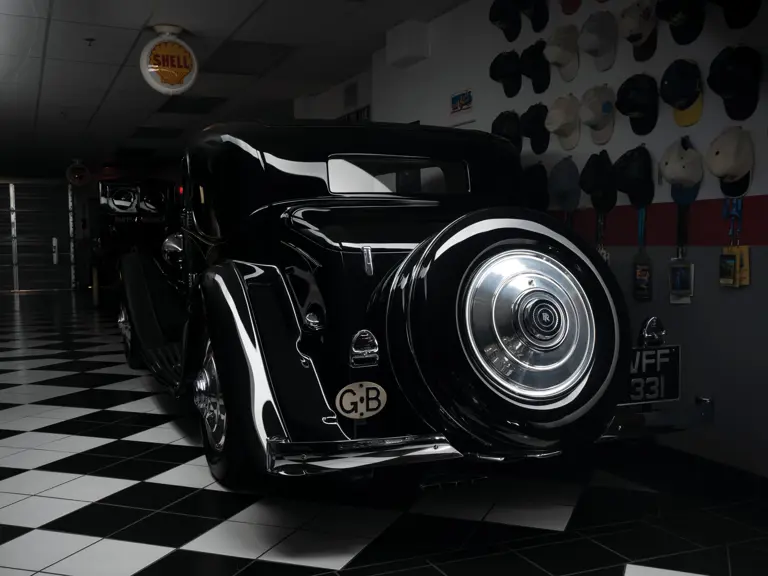
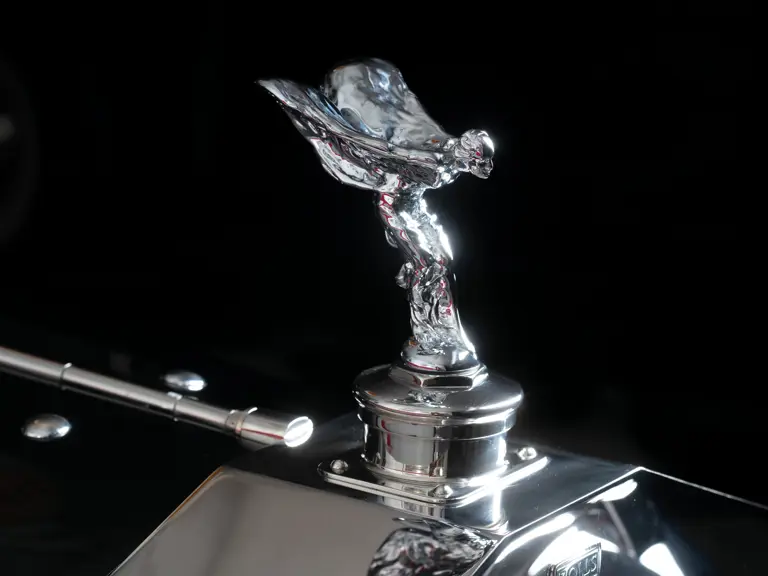
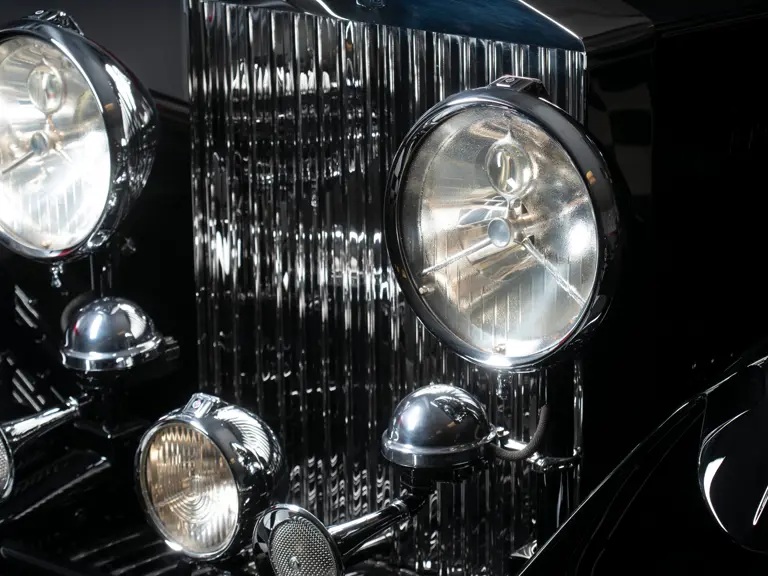
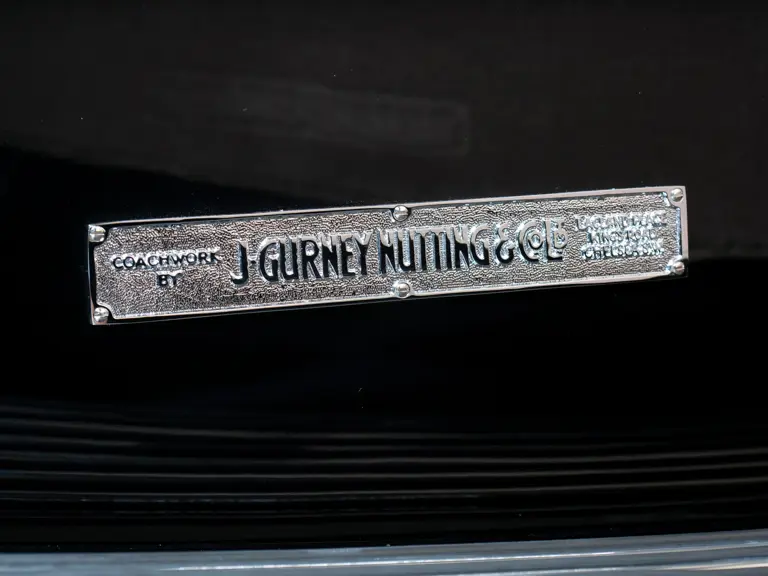
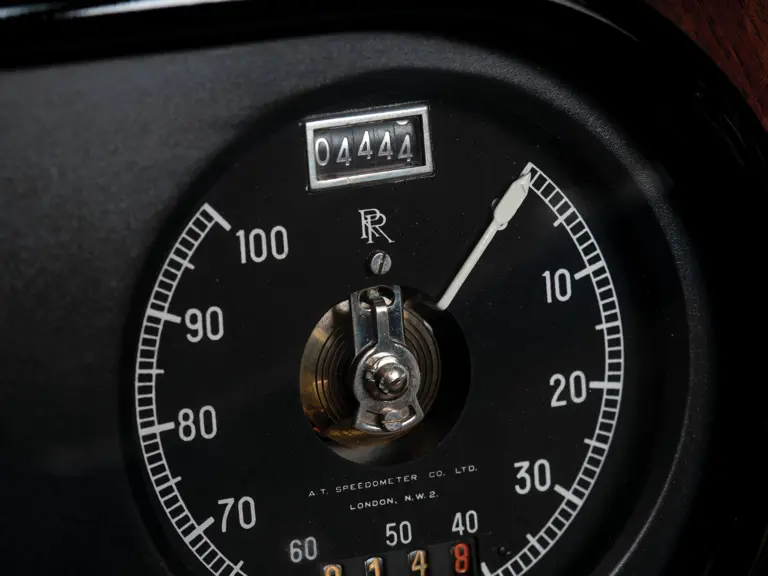
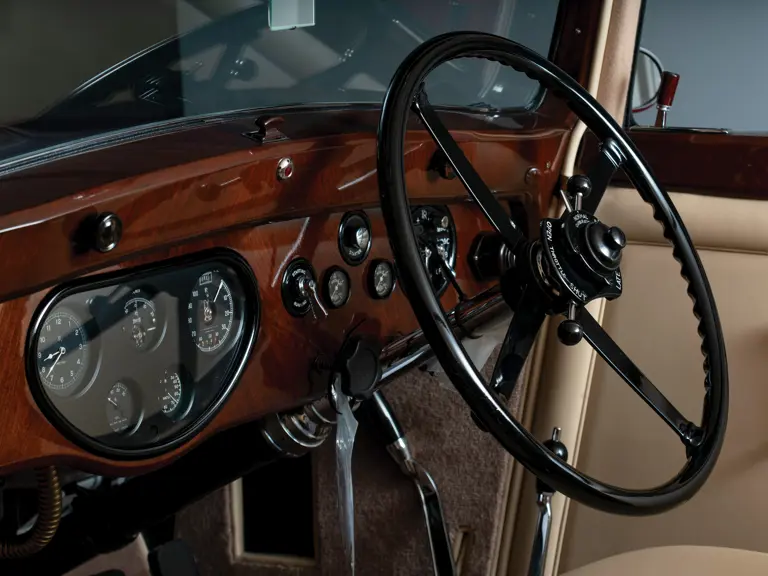

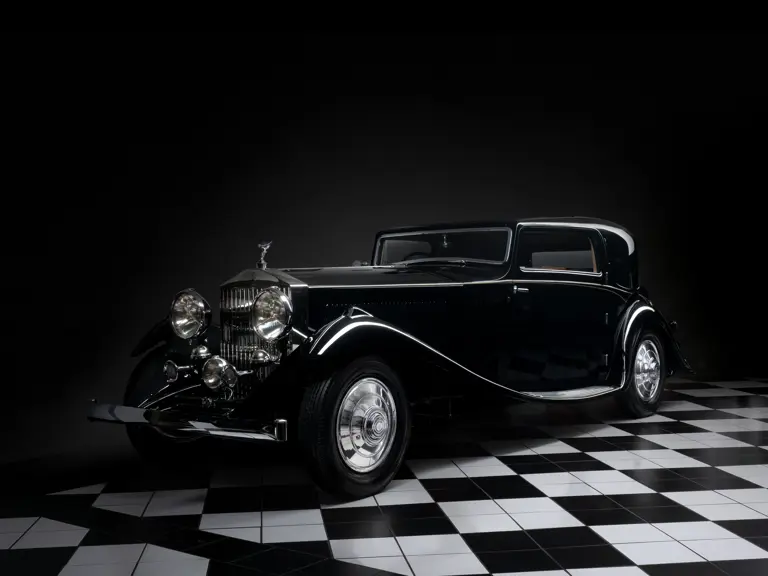
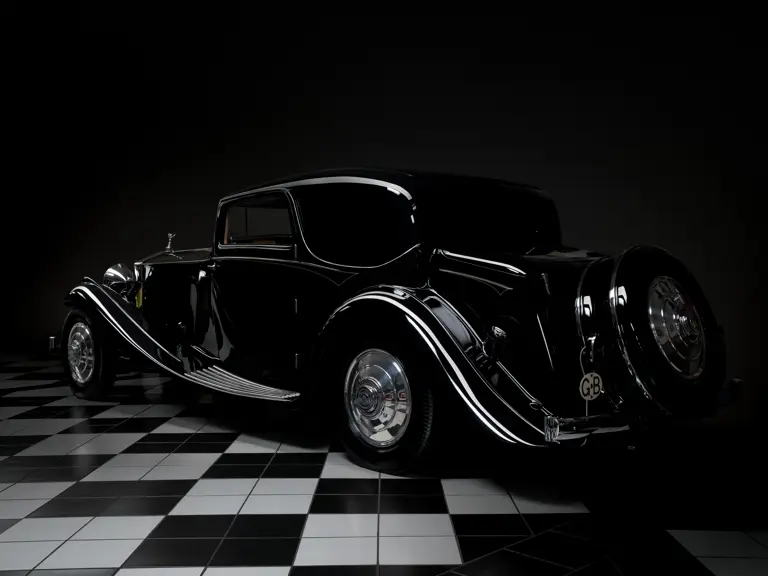
 | Monterey, California
| Monterey, California
